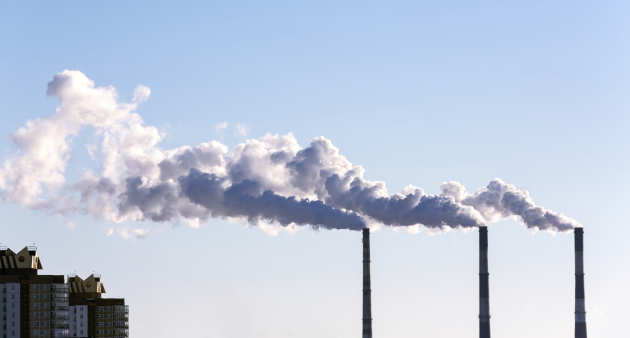Topics: Earth systems science
Type: Grantham notes
Publication date: September 2013
Download
Summary
 Authors: Dr Flora Whitmarsh and Dr Simon Buckle
Authors: Dr Flora Whitmarsh and Dr Simon Buckle
**Update** For more up-to-date information, see our briefing: Climate sensitivity: What is it, and why is it important?
Overview
- Climate sensitivity is the increase in surface temperature associated with a doubling of CO2. The Transient Climate Response is the temperature change at the time of the doubling in CO2 after a one percent increase per year (i.e. after about 70 years). The Equilibrium Climate Sensitivity is the longer term response over centuries.
- The Equilibrium Climate Sensitivity is likely to be in the range 1.5 - 4.5°C with high confidence, extremely unlikely to be less than 1°C and very unlikely to be greater than 6°C. The Transient Climate Response is likely to be 1.0 - 2.5°C and is extremely unlikely to be greater than 3°C.
- Limiting global warming to less than 2°C relative to pre-industrial temperatures is a widely-discussed policy goal. Considering just carbon dioxide emissions, this would require cumulative emissions over the entire industrial period to be less than about one trillion tonnes of carbon (3.67x1012 tonnes of carbon dioxide) for a 66 percent chance of limiting the global mean temperature increase to less than 2°C relative to the period 1861-1880.
- About half of the emissions consistent with this had already been emitted by 2011, leaving only about 40 years of carbon dioxide emissions at current rates, excluding the significant additional warming effects of other greenhouse gases and aerosols. Other probabilities and temperature targets could be translated into cumulative emissions budgets in the same way.
View publications by:
Topic
Climate Science
Earth and Life Sciences
Energy and Low-Carbon Futures
Resources and Pollution
Economics and Finance
Health
View all publications and browse by year
Publication type
Briefing papers and Briefing notes
Grantham Institute Outlooks
Evidence & submission papers
Infographics
Institute reports and analytics notes
Grantham notes
Collaborative publications
Discussion papers
Institute event overviews
Working papers